History
In the early thirties (of the twentieth century) the Fokker CX was developed as a successor to the very successful Fokker C.V.
Fokker sent a representative to the ML-KNIL, who had over twenty Fokkers C.VE in use, to determine whether there was a need for a successor. After some prodding, a reaction came just in mid-1933. Fokker responded very quickly with data about the new Fokker C.X.
In early 1934 there was a contract for the construction of a prototype, equipped with Rolls Royce Kestrel IIS liquid-cooled inline engine of 610 hp. The prototype made its first flight on October 9, 1934, but crashed already in December.
The ML-KNIL (NEIAF) placed in February 1935 a contract for the construction of fourteen aircraft equipped with Rolls Royce Kestrel V engine of 685 hp. The aircraft were designated as Fokker C.XK. The prototype, with registration FCx450, was repaired and flew again in May 1935.
The first real production unit, FCx451, could be used by Fokker for demonstration flights with civil registration PH-AKIJ. In mid-September 1935 this aircraft made a flight demonstration in Ankara and crashed during a dive pieces of the aircraft broke of an suddenly the left wing broke off. "Flutter" was then identified as the most likely cause.
After reviewing the wing the flaps of the lower wings were omitted.
| Dimensions: | |||
| Length: | 9,27 m | Wingspan: | 12 m |
| Height: | 3,2 m | Wing area: | 31,5 m2 |
| Weights: | |||
| Empty weight: | 1460 kg | Max. start weight: | 2310 kg |
| Performances: | |||
| Max. speed: | 316 km/hr | Climbing speed: | - m/min |
| Cruising speed: | 270 km/hr | ||
| Range: | 850 km | Service ceiling: | 8800 m |
| Miscellaneous: | |||
| Engine type: | One Rolss Royce Kestrel V rated 640 hp | ||
| Crew: | Two men: one aviaotr plus one observer/air gunner | ||
| Armament: | Two machine guns; bombs | ||
In service with LVA and NEIAF.
In service with LVA.
Soon the LVA showed interest in the Fokker C.X and at the end of December 1933 an initial order was placed for three aircraft, soon followed by an order for a fourth example.
These aircraft, referred to as Fokker C.XH differed compared to the C.XK in that they were built as trainers, did not have a tail wheel and also lacked a canopy, but had two separate seats with a windscreen. The first aircraft, registration 700 was equipped with flaps in the lower wing.
They were equipped with a Rolls Royce Kestrel IIS engine of 610 hp with a two-bladed wooden Weybridge propeller and two fixed 7.9 mm machine guns in the nose and a movable third one in the rear cockpit.
The aircraft were delivered early September 1935. This was many months later than planned, and was caused by all kinds of difficulties and also because the LVA came with new demands regarding cockpit layout and other equipment.
Nevertheless, the LVA ordered early 1935 a follow-up for sixteen aircraft. The official contract was just signed in March 1936. The first examples of this second series had already made their first flight. This second series was more in line with the C.XK and had a canopy, a Rolls Royce Kestrel V and a tail wheel. The armament corresponded to the first series C.XH, though the armament in the nose was reduced to a single machine gun.
The Fokkers C.X proofed, after initial problems with the engines, to be very reliable and all were still in operational service in May 1940.

[Enclosed photo from BeeldBank NIMH. Click on photo for ordering information]

[Enclosed photo from BeeldBank NIMH. Click on photo for ordering information]

[Enclosed photo from BeeldBank NIMH. Click on photo for ordering information]

[Enclosed photo from BeeldBank NIMH. Click on photo for ordering information]
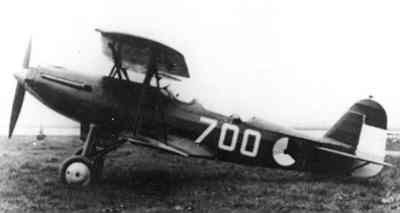
[Enclosed photo from BeeldBank NIMH. Click on photo for ordering information]
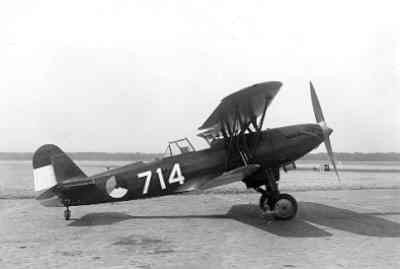
[Enclosed photo from BeeldBank NIMH. Click on photo for ordering information]
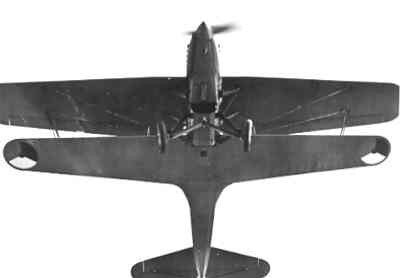
[Enclosed photo from BeeldBank NIMH. Click on photo for ordering information]

[Enclosed photo from BeeldBank NIMH. Click on photo for ordering information]

[Enclosed photo from BeeldBank NIMH. Click on photo for ordering information]
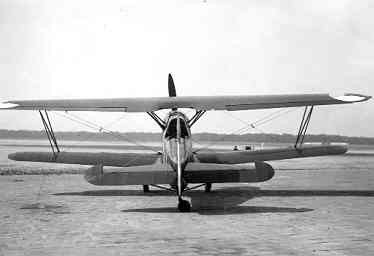
[Enclosed photo from BeeldBank NIMH. Click on photo for ordering information]
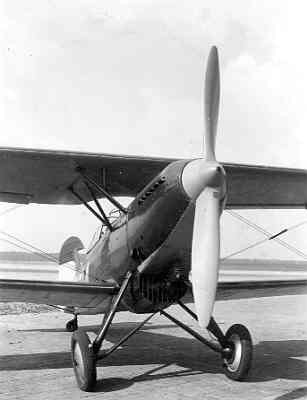
[Enclosed photo from BeeldBank NIMH. Click on photo for ordering information]
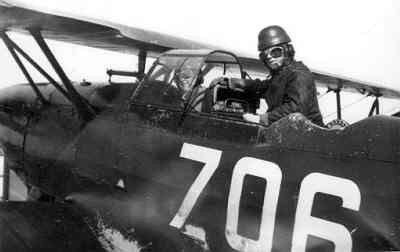
[Enclosed photo from BeeldBank NIMH. Click on photo for ordering information]

[Enclosed photo from BeeldBank NIMH. Click on photo for ordering information]
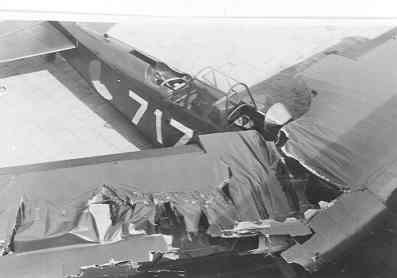
[Enclosed photo from BeeldBank NIMH. Click on photo for ordering information]
In service with NEIAF.
The first aircraft were delivered from August 1935. The first aircraft was used for some time for demonstration purposes, but crashed in September. A fifteenth aircraft was built as a replacement.
In July 1936, all fourteen Fokker were delivered.
The first Fokker CX was assembled and flown on Andir in November 1935. The type proved to be a big improvement over the old Fokker C.V. Initially, the Fokker C.X was used for reconnaissance, but after a few months the type was assigned a different role.
The ML-KNIL (NEIAF) started to form an air force with rapid bombers which had to attack a potential invasion force. In January 1937 the first Martins 139 were delivered.
The exploration task of Fokker C.X lapsed and therefore the aircraft were modified in the course of 1937 into trainers for continuing education (following the basic training on the Koolhoven FK-51 and later the Ryan STM)
Until the beginning of the war two aircraft were lost; on March 7, 1938 an unknown Fokker C.X flew against a mountain and FCx461 crashed on January 7, 1939 because of an of an engine failure. In December 1941, ten aircraft in use on Kalidjati and probably two devices Madiun for cartography. Most likely all devices are lost or burned during the bombing at the capitulation.

[Enclosed photo from BeeldBank NIMH. Click on photo for ordering information]
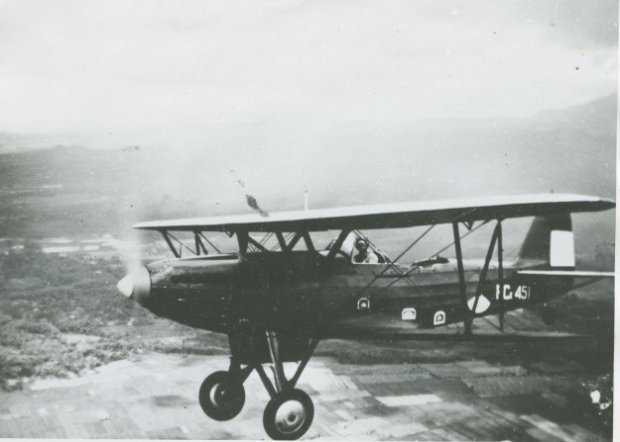
[Enclosed photo from BeeldBank NIMH. Click on photo for ordering information]
Fokker C.X
Serial overview LVA and NEIAF.
Serial overview LVA
| Serials
Serials
|
Constr. nr.
Constr. nr.
|
Date in service
Date in service
|
Date out of service
Date out of service
|
Notes
notes
|
|---|---|---|---|---|
| Originally Fokker C.XH No canopy, no tailwheel, double steering and a Rolls Royce IIS engine |
||||
| 700 | 5382 ? | 1935 | 14-05-1940 |
Accident at March 30, 1937. Partial ready on may 14, 1940 |
| 701 | 5383 ? | 1935 | 14-05-1940 | May 1940 under repair at Fokker factory at Amsterdam. (30 % ready); Possibly captured. |
| 702 | 5384 ? | 1935 | 14-05-1940 | May 1940 under repair at Fokker factory at Amsterdam. (30 % ready) Possibly captured. |
| 703 | 5385 ? | 1935 | 14-05-1940 | May 1940 under repair at Fokker factory at Amsterdam under repairs (90 % ready); Possibly captured. |
| Fokker C.XK: Canopy, tailwheel and Rolls Royce Kestrel V engine. | ||||
| 704 | 5400/5402? | 1936 | 14-05-1940 | First flight 28-2-1936. May 1940 based at air base Bergen in hangar 4 for maintenance. Lost due to bombardment. |
| 705 | 5401/5403? | 1936 | 14-05-1940 | First flight 28-02-1936. May 1940 based at air base Bergen. Made several flights, escaped to France on May 14, 1940. |
| 706 | 5402/5405? | 1936 | 14-05-1940 | First flight 22-02-1936. May 1940 based at air base Bergen. Heavily damaged during a war flight May 10, 1940. Rapiered, may 14 1940 damaged again. |
| 707 | 5403/5405? | 1936 | 14-05-1940 | First flight 06-03-1936. May 1940 based at air base Bergen in hangar 4 for maintenance. Lost due to bombardment. |
| 708 | 5404/5406? | 1936 | 14-05-1940 | First flight 06-03-1936. May 1940 based at air base Bergen. Made one flight to Waalhaven, due to air attack emergency landing at Den Hoorn. Possibly captured. |
| 709 | 5405/5407? | 1936 | 14-05-1940 | First flight 20-03-1936. May 1940 based at air base Bergen . Made one flight to Waalhaven, due to air attack emergency landing at Wateringen. Possibly captured. |
| 710 | 5406/5408? | 04-1936 | 14-05-1940 | First flight 20-03-1936. May 1940 based at air base Bergen in hangar 4 for maintenance. Lost due to bombardment. |
| 711 | 5407/5409? | 04-1936 | 14-05-1940 | First flight 27-03-1936. May 1940 based at air base Bergen. Made several war flights. May 14, 1940 at Ruigenhoek set to fire by ground crew and destroyed. |
| 712 | 5408/5410? | 04-1936 | 14-05-1940 | First flight 27-3-1936. May 1940 based at air base Bergen. made several war flights ,such as bomb flight to Waalhaven. May 14, 1940 at Ruigenhoek set to fire by ground crew and destroyed. |
| 713 | 5409/5411? | 05-1936 | 14-05-1940 |
First flight 02-04-1936. Started as first on May 10, 1940 to attack Valkenburg. |
| 714 | 5410/5412? | 05-1936 | 14-05-1940 | First flight 02-04-1936. May 1940 based at air base Bergen. Flew a mission to air base Valkenburg and Moerdijk. May 14, 1940 at Ruigenhoek set to fire by ground crew and destroyed. |
| 715 | 5411/5413? | 05-1936 | 14-05-1940 | First flight 09-04-1936. May 1940 based at air base Bergen and flew one mission. Due to engine problems left at air base Bergen and possible captured by the Germans. |
| 716 | 5412/5414? | 05-1936 | 14-05-1940 | First flight 08-04-1936. May 1940 based at air base Waalhaven and possibly destroyed due to bombardment |
| 717 | ????/5415? | 06-1936 | 14-05-1940 | First flight 25-05-1936. May 1940 under repair at Fokker Factory, Amsterdam; |
| 718 | 5414/5416? | 06-1936 | 14-05-1940 | First flight 26-05-1936. May 1940 based at air base Hilversum, 1st reconnaissance group. Not operational and partly dismantled in hangar. Destroyed. |
| 719 | 5415/5417? | 06-1936 | 14-05-1940 | First flight ??-??-1936. May 1940 based at air base Hilversum, 1st reconnaissance group. Not equipped with bomb racks and used for recce missions. May 10 flown to air base Middenmeer and flew several missions on May 12, 1940. |
Serial overview NEIAF.
| Serials
Serials
|
Constr. nr.
Constr. nr.
|
Date in service
Date in service
|
Date out of service
Date out of service
|
Notes
notes
|
|---|---|---|---|---|
| FCx450 | 5379 | Lost in accident on first flight December 7th 1934 | ||
| FCx451 | 5380 | First flight 15-01-1936. | ||
| FCx452 | 5381 | First flight 05-12-1935 | ||
| FCx453 | 5382 | First flight 27-09-1935. | ||
| FCx454 | 5383 | First flight 19-03-1936. | ||
| FCx455 | 5384 | First flight 22-10-1935. | ||
| FCx456 | 5385 | First flight 16-10-1935. | ||
| FCx457 | 5386 | First flight 22-10-1935. | ||
| FCx458 | 5387 | First flight 26-10-1935. | ||
| FCx459 | 5388 | First flight 2-11-1935. Possibly equipped with RR Kestrel II instead of RR Kestrel V |
||
| FCx460 | 5389 | First flight 08-11-1935. | ||
| FCx461 | 5390 | First flight 15-11-1935. | ||
| FCx462 | 5391 | First flight 21-11-1935. | ||
| FCx463 | 5392 | First flight 29-11-1935. |
1/72nd Scale
Kits
- Alpha
- Kit XX: a vacu formed kit
- AZ Models
- Kit 7238: An injection moulded kit with resin and photo etched parts.
There is a mistake though in the instructions: the undersides of the Dutch aircraft were LVA blue and NOT aluminium dope!
- Kit 7238: An injection moulded kit with resin and photo etched parts.
- CMK
- Kit 5094: A resin model of a Fokker C.X with RR Kestrel
- Vami
- Kit 7208: A resin kit
Modelling add-on
- Kora Models
- Set KC7254: Conversion set Fokker CX Early version (Dutch Service)
- Set KC7255: Conversion set Fokker CX Trainer version (Dutch Service - 703)
- Set KC7256: Conversion set voor Fokker CX Hispano (Dutch Service - 750)
- Set DS72828: Fokker CX Dutch Service- Correction Wheel set (AZ)
- Set DS7283: Fokker CX Dutch Service- Correct Interior set (AZ)
- Set DS7284: Fokker CX Dutch Service - weapons set (AZ)
- Set DS7285: Fokker CX Dutch Service - Correct engine set (AZ)
- Set DS72109: Fokker CX Dutch Service - Correct lower wings set (AZ)
Decals
- Dutch Decal
- Set 72067: Set decals for NEIAF: Lodestar, C47, B25D/J Mitchell, K57 "Topsy", L4J, Fokker CX RNEIAF, Kansan, B25G Mitchell RNMFS
1/48th Scale
Kits
- Geromy
- Kit 48-003: A resin kit in a limited release.
Modelling add-on
- --
- Set --: --
Decals
- --
- Set --: --
.
| Scheme | Colour name | FS number | BS-number | Humbrol | XtraColor | |
|---|---|---|---|---|---|---|
| Standard #1 LVA | Upper surfaces | LVA Khaki | AC D05 | |||
| Undersides | LVA Blue | AC D04 | ||||
| Standard #1 NEIAF | Upper surfaces | LVA Khaki | AC D05 | |||
| Lower surfaces and wings | Aluminium dope | |||||
Check www.paint4models.com for an extensive conversion table with lots of colour and paint systems.
Fokker C.X LVA
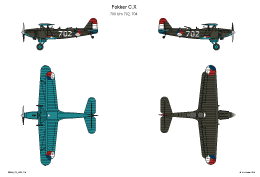
First series 700 up to 704 (excl. 703).
At delivery just a windscreen and no tailwheel were applied.
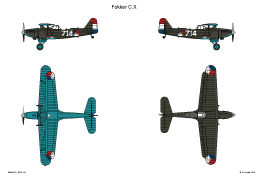
Second series, 705 and on.
These aircraft had a canopy, tail-wheel and two machine-guns in the nose section.
Fokker C.X NEIAF
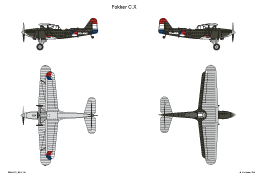
These aircraft had a canopy, tail-wheel and a single machine-gun in the nose section.
Literature.
| Nederlandse Militaire Luchtvaart in Beeld. deel 1. | Hugo Hooftman | Pag. 110 - 113 | 1977 | Uitgever: Europese Bibliotheek, Zaltbommel |
| Militaire Luchtvaart in Nederlandsch-Indië in beeld. Deel 1 | Hugo Hooftman | Pag. 75 - 89 | 1978 | Uitgever: Europese Bibliotheek, Zaltbommel |
| Fokker, Bouwer aan de wereldluchtvaart | Thijs Postma | Pag. 96; 130 - 131 | 1979 | Uitgever: Unieboek b.v., Houten |
| Nederlandse Vliegtuig-Encyclopedie No. 10 Fokker C.X. | Hugo Hooftman | Pag. | 1980 | COCKPIT-uitgeverij, Bennekom |
| De Nederlandse Vliegtuigen: Alle vliegtuigen ooit in Nederland ontworpen en gebouwd | Theo Wesselink & Thijs Postma | Pag. 88 - 90 | 1982 | Uitgever: Romen Luchtvaart, Haarlem |
| Fokker,-vliegtuigen voor de Militaire Luchtvaart | Pag. 9 | 1982 | ||
| 40 Jaar luchtvaart in Indië | Gerard Casius & Thijs Postma | Pag. 51 | 1986 | Uitgeverij De Alk, Alkmaar |
| Van Luchtvaartafdeling tot Koninklijke Luchtmacht: 75 jaar Militaire Luchtvaart in Nederland | Koos van de Berg | Pag. 20 | 1987 | Uitgever: Rebo Produkties, Sassenheim |
| KLu Vliegtuigen: De vliegtuigen van de Koninklijke Luchtmacht vanaf 1913 | Wim Schoenmaker & Thijs Postma | Pag. 51 | 1987 | Uitgeverij De Alk, Alkmaar |
| Squadrons van de Koninklijke Luchtmacht (derde herzien druk) | Willem Helfferich | Pag. 19 - | 1994 | Uitgevers Wyt, Rotterdam |
| Luchtvaart; 12e jaargang nummer 5: Foto van Fokker C.X 704 (Zwart-wit). | Pag. 42 | 1995 | Uitgeverij Ten Brink, Meppel | |
| Camouflage en Kentekens | J.Greuter e.a. | 1997 | Bonneville – Bergen (NH) | |
| Warplane No. 5 Fokker C.X | E. Hoogschagen | 2013 | Lanasta - Emmen |
Websites.
--
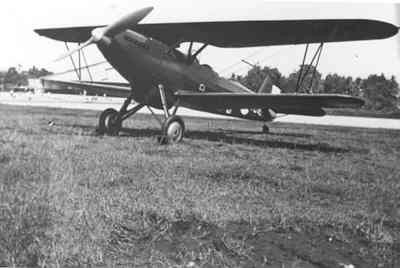

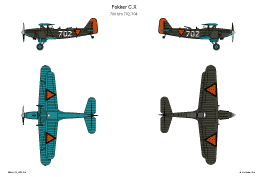
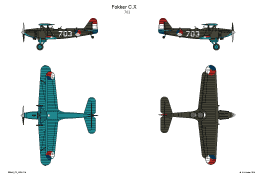
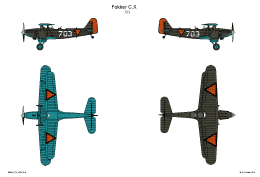
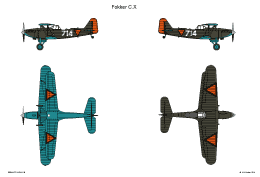
 Nederlands (nl-NL)
Nederlands (nl-NL)  English (United Kingdom)
English (United Kingdom)